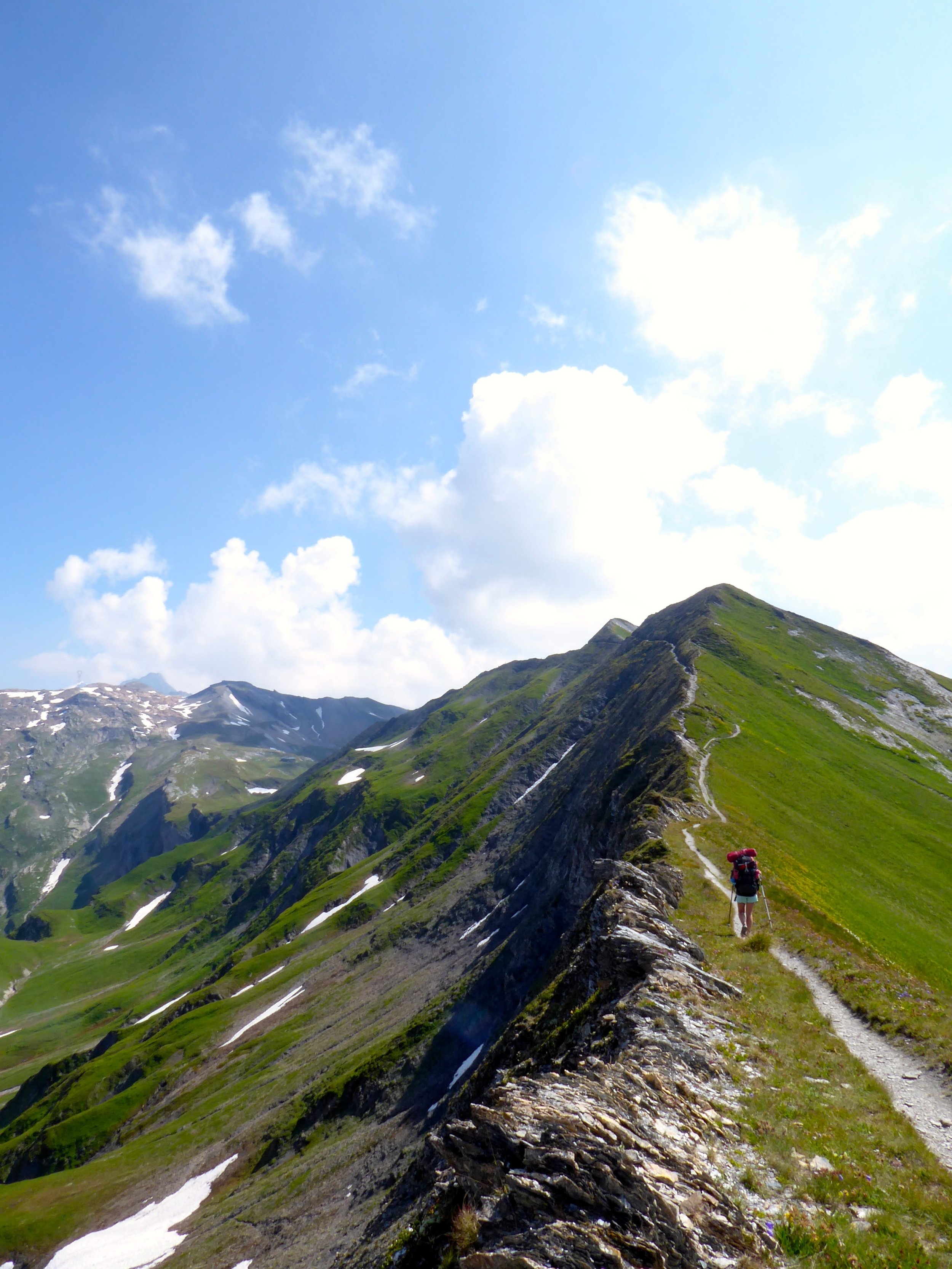How to Enjoy Cheese Seasonally the Way the French Do
The French not only produce an incredible number of cheeses, but they also enjoy them in a myriad of ways. And in particular, as with many other foods, certain cheeses are meant to be enjoyed during different seasons.
Cheese by the Season
For French cheese lovers, the reappearance of fresh, young goat cheeses every spring is always a cause for celebration. Every autumn there is similar excitement with the arrival of long-aged, nutty, alpine wheels and soft cheeses intended to be warmed, melted, and served as the centerpiece of a hearty meal when the temperatures start to drop.
Many semi-hard and hard cheeses produced in the Alps, the Pyrénées, and the Cantal mountains come into their own with the change of seasons. In the spring and summer, the animals are taken to high pastures where they graze on a diverse diet of flowers, grasses, and herbs before descending to their barns for the winter. The sweet milk they produce during the warmer months is transformed into richly matured fromages. Additionally, there are an array of cheeses that were created to enjoy the more mellow autumn and winter milk.
Photo Credit: Jennifer Greco
Holiday Meals…with Cheese!
A holiday meal in France will almost always include a generous cheeseboard, and many fromageries offer an extra-aged Comté de Noël for these special events. Wheels that are aged for 3 years and more, (with prices that reflect the time and care that goes into their lengthy maturing) appear when the country is gearing up for the winter festivities. These cheeses have extremely complex flavors and aromas, everything from warmed butter to caramel to milk chocolate, and are studded with crunchy tyrosine (amino acid) crystals, adding a desirable sweetness and texture.
Cheeseboard Traditions
During a meal, the cheese is served as a separate course between the main and dessert and includes bread, sometimes some nuts, dried fruit or fresh fruit such as grapes, apples or pears. The cheese is really meant to be the highlight. An odd number on a board is considered more visually appealing, with at least 3 for a small group and 5+ depending on the number of guests. It’s also advised to offer a selection of different textures, strengths, and milk types to make sure that there’s a cheese for everyone to enjoy.
Cheese, the Main Course
Aside from cheeseboard traditions, main course dishes featuring oozing, melted cheeses have been served during the cold weather months in the mountain regions for centuries. Their popularity has spread all over France (and even around the world!). These meals are served with bread, wine, and a green salad to round out the richness of the cheese.
Photo credit: Jennifer Greco
Some Traditional French Cheese Dishes
Tartiflette is a decadent, layered casserole of sliced potatoes, thick cuts of bacon, sautéed onions, cream, and a tablespoon or two of white wine, topped with a halved disc of Reblochon cheese. It’s baked in the oven until the cheese is browned and bubbling, resulting in a sublime, creamy dish.
Photo Credit: Jennifer Greco
Though Raclette’s origins lie in Switzerland, it has become an extremely popular winter dish in France. The term “raclette” from the verb, “racler,” meaning “to scrape,” is both the name of the dish and a type of semi-firm cheese that is the focal point of the meal. Raclette is heated under a flame or by means of an electric grill, and once melted, is scraped onto steamed potatoes and various grilled meat or cuts of charcuterie and accompanied by little pickles and white wine.
Mont d’Or photo courtesy of Murray’s Cheese
One of the most anticipated of the fall and winter cheeses is le Mont d’Or, also known by its more formal French name, le Vacherin du Haut-Doubs. Its creation is linked to Comté production, as historically the spring and summer milk was reserved for Comté, yet as far back as the 13th century, cheesemakers in the Jura mountain region used the winter milk of the Montbéliarde and Simmental cows to make Mont d’Or for their personal consumption. This special cheese is encircled in a band of aromatic spruce bark that imparts a pine-like flavor into the pâte and keeps the cheese intact. Mont d’Or is often enjoyed by tucking a few slivers of garlic under its rind, splashing the top with a bit of white wine, and warming it up in the oven. It emerges like instant fondue and is served with cured meats, smoked sausages and steamed potatoes.
Its production kicks off on August 15 and it’s available for purchase from September 10. Almost all these cheeses are sold out by mid-March, however the season officially wraps up on May 10.
Want to dig into more French cheese? Check out Is Chabichou du Poitou the Best Cheese in France? Plancherin d’Arêches: One of the Newest Cheeses From France and Rocamadour: A Rich Yet Delicate Cheese Named for a Vertiginous Village in France.





